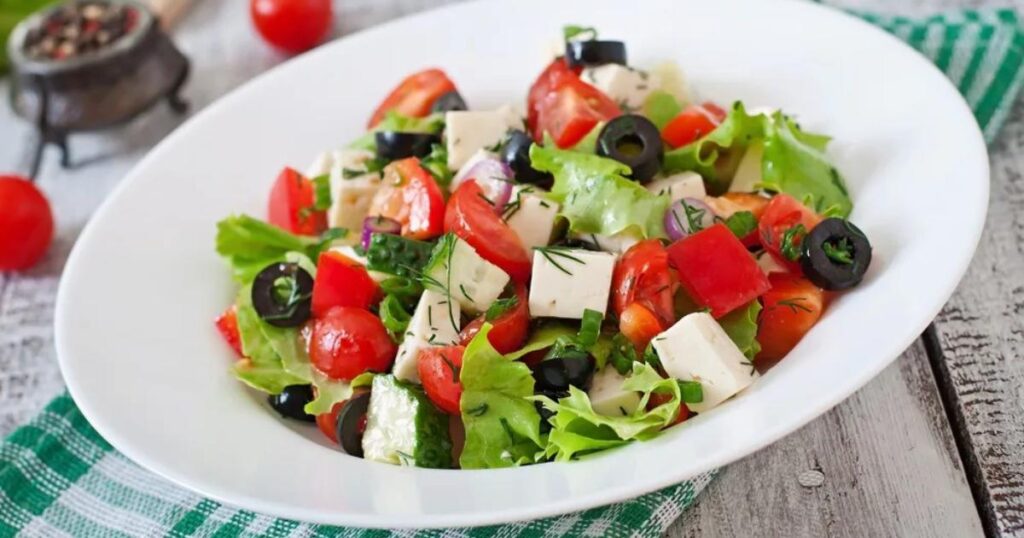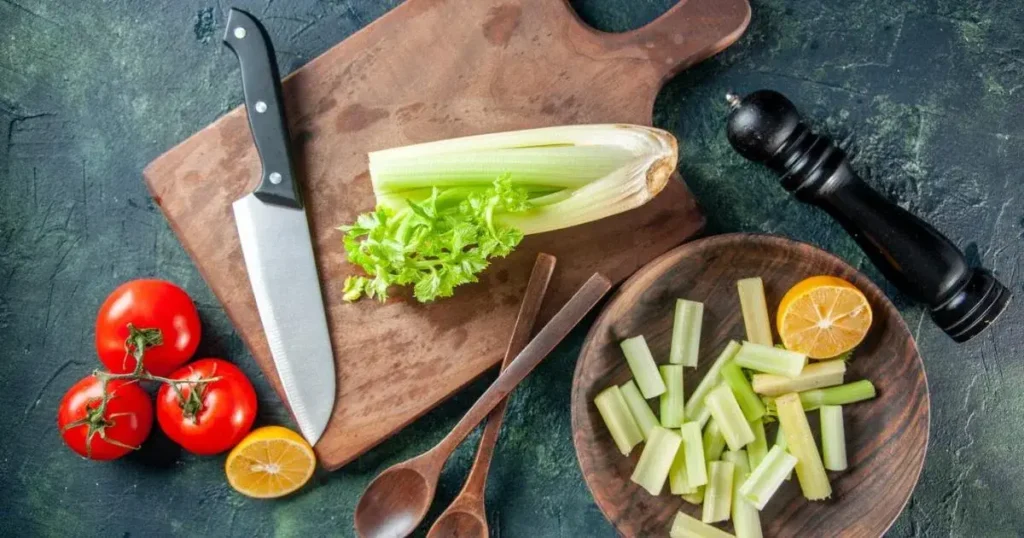Have you ever tasted a dish that instantly transports you to sun-drenched Mediterranean shores? That’s exactly how I feel about Greek salad. It’s a vibrant dish that bursts with flavor and freshness. A simple combination of tomatoes, cucumbers, olives, and feta, this salad is a celebration of summer. It’s not just a side; it’s an experience. Perfect for barbecues or as a light lunch, it’s a staple in Greek cuisine for a reason.
What makes this Greek salad special? Well, it’s all about the ingredients and the way they come together. Each component plays a vital role, and when they unite, magic happens. Plus, it’s super easy to make. Let’s dive into the world of refreshing Greek salad.
Ingredients & Substitutions
Core Ingredients
- Ripe Tomatoes: Use fresh, juicy tomatoes. They’re the heart of the salad. If they’re out of season, canned San Marzano tomatoes can work.
- Cucumbers: Crisp and refreshing. Persian cucumbers are great, but any crunchy variety will do.
- Red Onion: Adds a sharp bite. Soak in water for a milder flavor if needed.
- Kalamata Olives: Their briny richness is essential. You can substitute with green olives if necessary.
- Feta Cheese: Crumbled or in blocks, it adds creaminess. A vegan feta made from nuts can be a good alternative.
- Extra Virgin Olive Oil: The quality matters! Invest in a good one for maximum flavor.
- Red Wine Vinegar: It brightens everything up. Balsamic can work in a pinch, but it’ll change the taste.
- Oregano: Dried is fine, but fresh is always better. If you’re in a bind, Italian seasoning can substitute.
Selection Tips
When selecting your tomatoes, look for deep color and a fragrant aroma. Choose cucumbers that feel firm. For olives, try to get whole ones packed in brine for the best taste. And feta? Aim for sheep’s milk feta for a traditional flavor. It has a creamy, tangy profile that’s hard to beat.
Step-by-Step Instructions
Making the Salad

- Prep the Veggies: Start by washing the tomatoes and cucumbers thoroughly. Cut the tomatoes into wedges and slice the cucumbers into half-moons. If you want, peel them for a softer texture.
- Slice the Onion: Thinly slice the red onion. Remember, the thinner, the better. A mandoline can help with this.
- Combine Ingredients: In a large bowl, toss together the tomatoes, cucumbers, red onion, and Kalamata olives. Don’t forget to give it a gentle mix, so everything is evenly distributed.
- Add Feta: Crumble the feta over the top. If you’re using a block, cut it into sizeable chunks to keep it from getting mushy.
- Dress It Up: Drizzle with extra virgin olive oil and red wine vinegar. Sprinkle oregano, salt, and pepper to taste. Toss gently again.
Expert Tips
- Avoid sogginess: If you’re making this ahead, keep the dressing separate until just before serving. This keeps your veggies crisp.
- Taste as you go: Season gradually. You can always add more, but it’s hard to fix an overly salty salad.
- Variations: For a spicier kick, toss in some diced jalapeños or a sprinkle of red pepper flakes.
Cooking Techniques & Science
Why These Methods?
The beauty of Greek salad lies in its simplicity. No cooking is required, allowing the fresh flavors to shine. The acid from the vinegar helps to soften the vegetables slightly, enhancing their natural sweetness. The olive oil coats everything, acting as a flavor carrier.
Cultural Significance
In Greece, this salad is often served alongside grilled meats or as a meze, which is a shared appetizer. It embodies the essence of the Mediterranean diet—fresh, wholesome, and full of flavor.
Important Tools

While you don’t need fancy gadgets, a good knife for slicing and a large bowl for mixing are essential. A mandoline slicer can make quick work of the onions and cucumbers.
Serving & Pairing Suggestions
Presentation
Serve your Greek salad in a large, colorful bowl. Garnish with a few whole olives and a sprig of fresh oregano for that extra touch. A drizzle of olive oil on top just before serving makes it look irresistible.
Pairing Ideas
This salad pairs beautifully with grilled chicken or fish. A side of warm pita bread or tzatziki can elevate the meal even more. For drinks, a crisp white wine like a Sauvignon Blanc or a light beer complements the flavors perfectly.
Conclusion
Greek salad is more than just a recipe; it’s a culinary tradition. Its freshness and simplicity make it a timeless dish. Remember, the key lies in the quality of your ingredients. So, don’t skimp on that olive oil or feta!
To sum up, enjoy the process of making it. Experiment with flavors, and make it your own. Whether you’re serving it at a gathering or enjoying it solo, this salad is bound to impress.
Final Tips
- Make sure everything is cold before you mix. It enhances the refreshing aspect.
- If you’re feeling adventurous, try adding grilled vegetables or chickpeas for extra texture and flavor.
FAQs
Can I make Greek salad ahead of time?
Yes, but keep the dressing separate until serving to maintain crispness.
What’s the best type of feta to use?
Sheep’s milk feta is traditional and offers the best flavor, but goat or cow’s milk feta works too.
How can I make it vegan?
Replace feta with a nut-based vegan cheese and ensure the dressing is free of animal products.
What if I don’t have red wine vinegar?
You can use lemon juice or balsamic vinegar, but it will alter the flavor profile slightly.
Can I add protein to this salad?
Absolutely! Grilled chicken, shrimp, or chickpeas can make it a complete meal.








